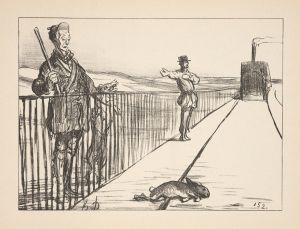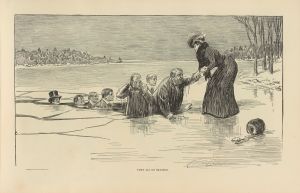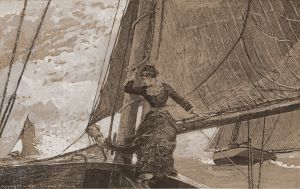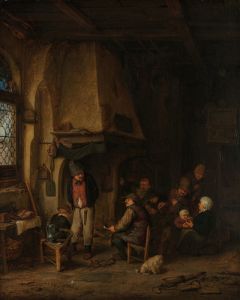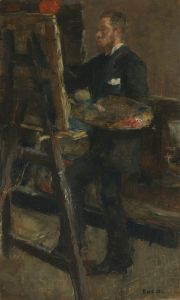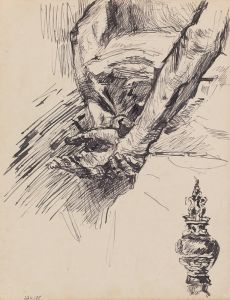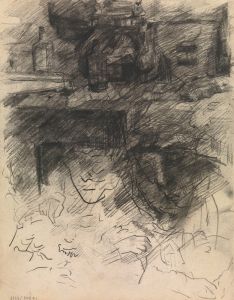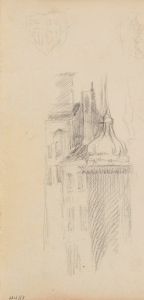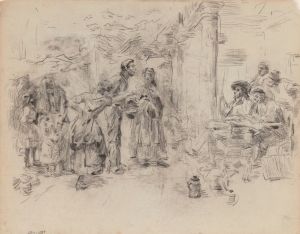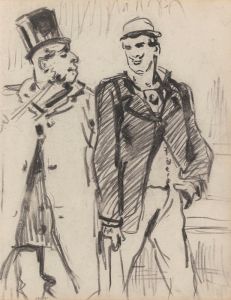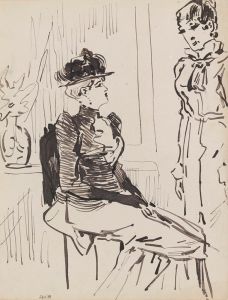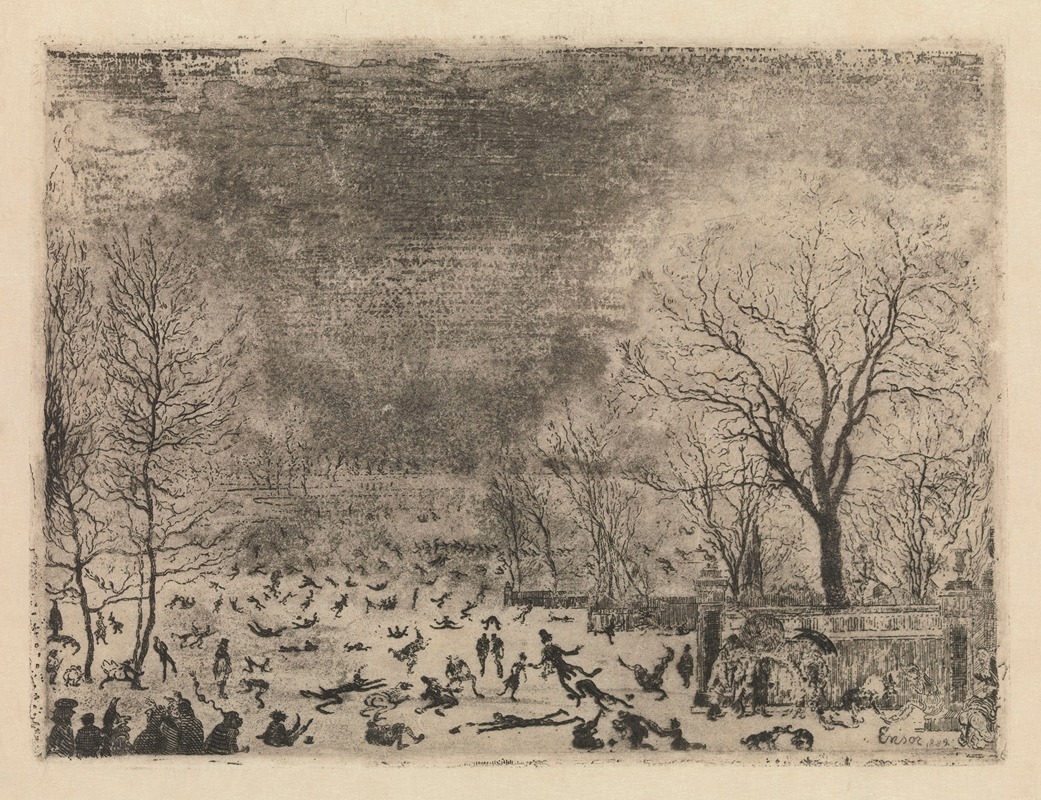
The Skaters
A hand-painted replica of James Ensor’s masterpiece The Skaters, meticulously crafted by professional artists to capture the true essence of the original. Each piece is created with museum-quality canvas and rare mineral pigments, carefully painted by experienced artists with delicate brushstrokes and rich, layered colors to perfectly recreate the texture of the original artwork. Unlike machine-printed reproductions, this hand-painted version brings the painting to life, infused with the artist’s emotions and skill in every stroke. Whether for personal collection or home decoration, it instantly elevates the artistic atmosphere of any space.
James Ensor, a prominent Belgian painter and printmaker, is known for his unique and often eccentric style that blends elements of symbolism and expressionism. One of his lesser-known works, "The Skaters," exemplifies his distinctive approach to art, characterized by vivid colors and a somewhat whimsical portrayal of subjects.
"The Skaters" was created during a period when Ensor was deeply immersed in exploring themes of society, human folly, and the absurdity of life. While specific details about the painting's creation date and its current location are not widely documented, it is consistent with Ensor's broader body of work from the late 19th to early 20th century. This period was marked by his fascination with the grotesque and the fantastical, often depicted through carnival scenes, masks, and skeletons.
In "The Skaters," Ensor captures a winter scene, likely inspired by the Belgian coastal town of Ostend, where he spent much of his life. The painting features figures gliding across a frozen surface, their forms rendered with Ensor's characteristic loose brushwork and vibrant palette. The scene is lively and dynamic, reflecting the joy and freedom associated with skating. Ensor's use of color is particularly noteworthy, as he employs bold contrasts to bring the scene to life, a technique that aligns with his broader artistic style.
Ensor's work often includes an element of satire, and while "The Skaters" appears more lighthearted than some of his other pieces, it may still contain subtle social commentary. During Ensor's time, skating was a popular pastime among various social classes, and the activity itself could serve as a metaphor for the fleeting nature of life or the delicate balance of society. However, without explicit documentation from Ensor himself, interpretations of the painting's deeper meanings remain speculative.
James Ensor's contribution to the art world extends beyond his paintings. He was a pivotal figure in the development of modern art in Belgium and influenced subsequent generations of artists. His work, including "The Skaters," is celebrated for its innovative use of color and form, as well as its ability to convey complex themes through seemingly simple scenes.
"The Skaters" may not be as widely recognized as some of Ensor's other masterpieces, such as "The Entry of Christ into Brussels in 1889," but it remains an important part of his oeuvre. It showcases his ability to transform ordinary scenes into vibrant, thought-provoking works of art. Through his unique vision, Ensor invites viewers to look beyond the surface and consider the underlying narratives within his paintings.
In summary, "The Skaters" by James Ensor is a testament to the artist's skill in capturing the essence of human experience through his distinctive style. While specific historical details about the painting are limited, its place within Ensor's broader body of work highlights his enduring impact on the art world and his ability to infuse everyday scenes with deeper meaning.






